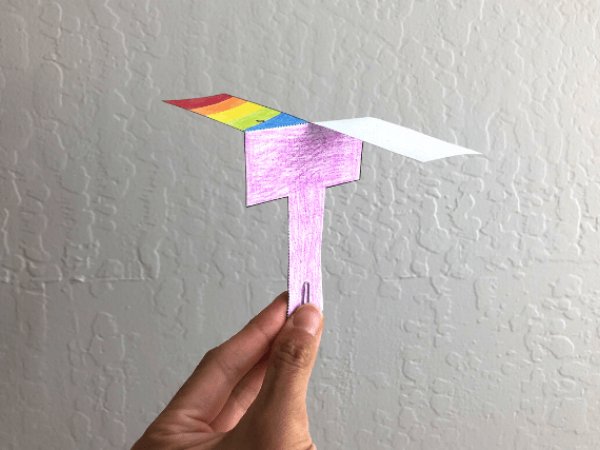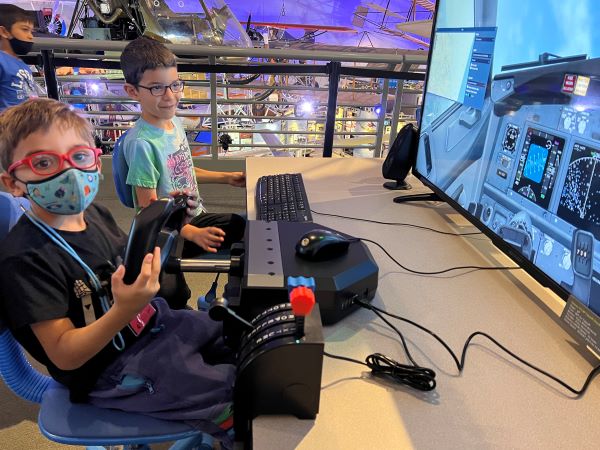Lockheed YO-3A
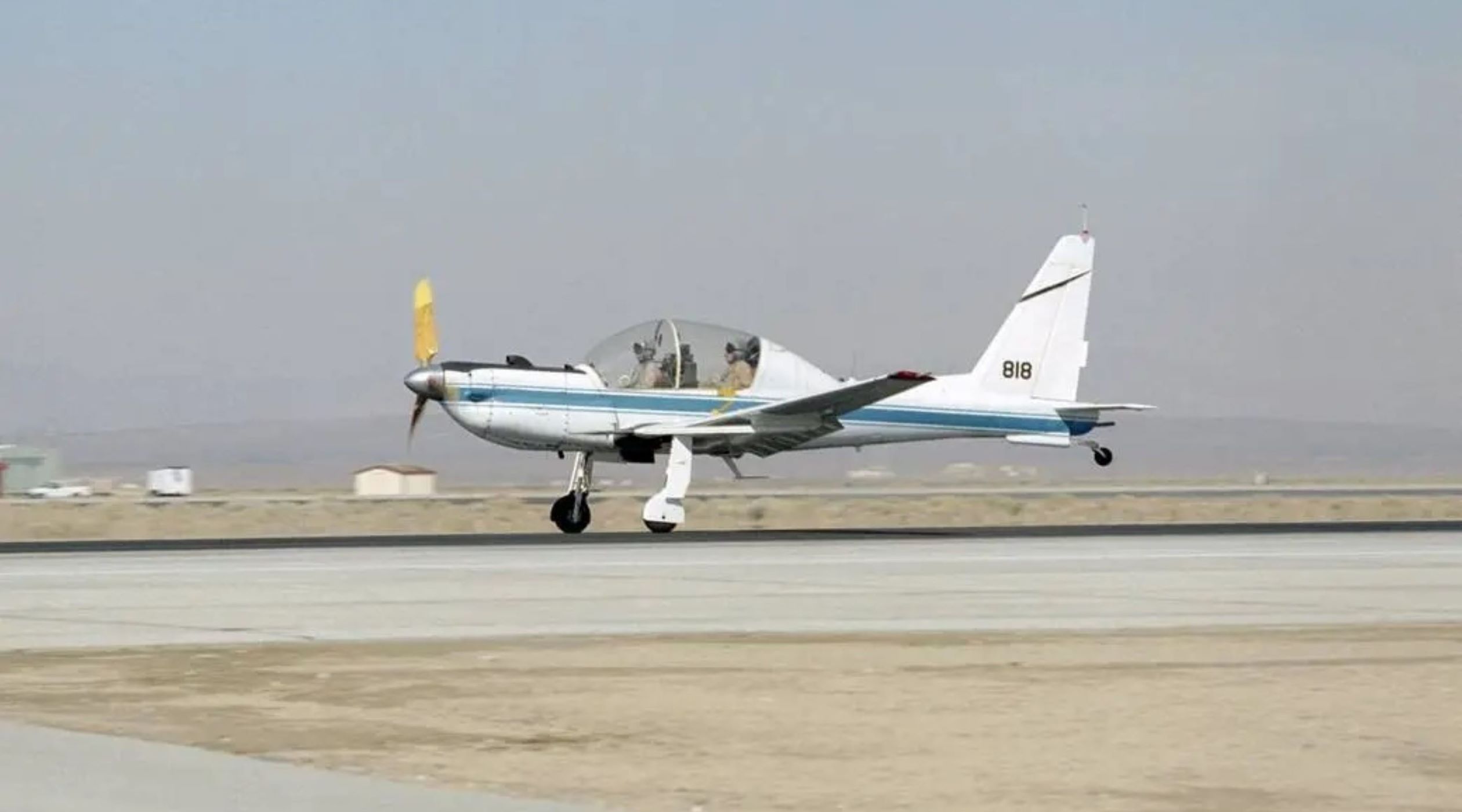
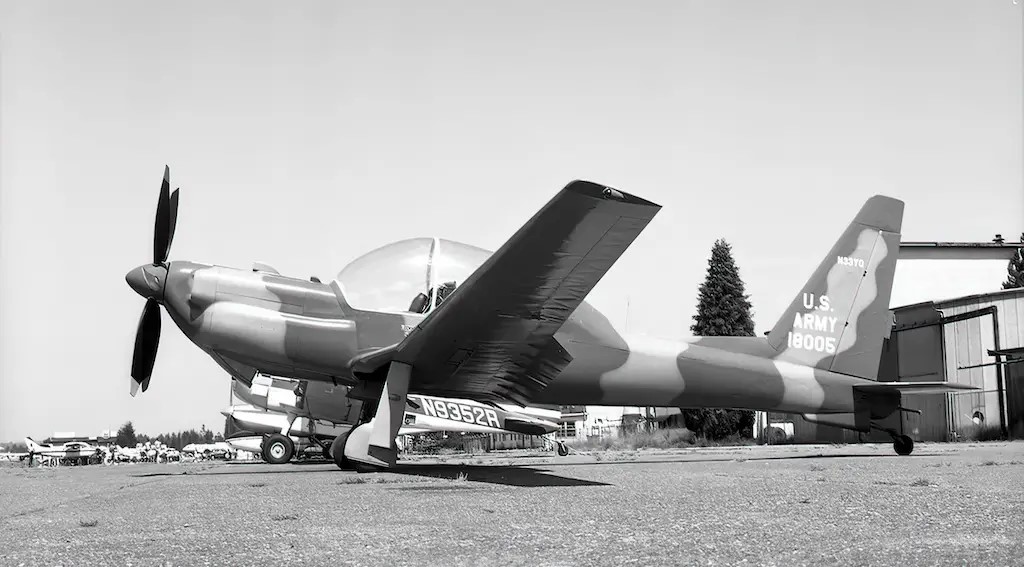
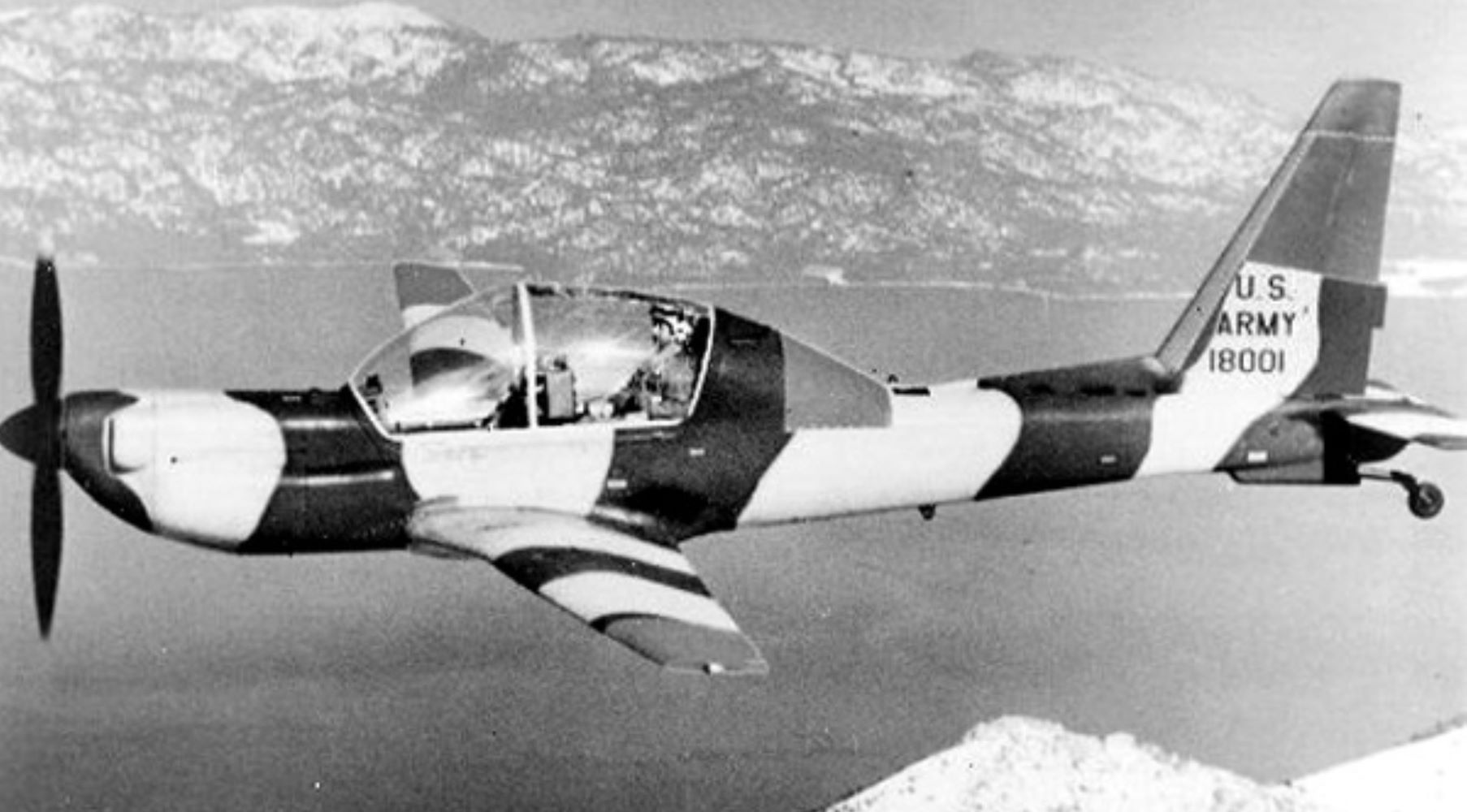
Lockheed YO-3A “Quiet Star”
In the tumultuous landscape of the late 1960s during the Vietnam War, the United States military found itself grappling with the challenge of surveilling elusive Viet Cong soldiers that were performing nighttime supply missions to South Vietnam. It was specifically for this task that the Department of Defense’s Advanced Research Projects Agency (ARPA), renowned for its innovative and experimental programs, embarked on a pioneering initiative – the creation of a “quiet aircraft” tailored specifically for nocturnal reconnaissance along the river in South Vietnam.
The inaugural phase of this clandestine aerial surveillance project materialized in 1967 at NASA Ames Research Center at Moffett Field, CA. The brainchild of ARPA, the aircraft was named the “QT-2” and drew inspiration from unpowered gliders which possessed an unparalleled ability to traverse the sky like ninjas. The wingspan of the aircraft, based upon a Schweitzer SGS 2-32 sailplane, allowed it to soar silently for long distances without waking up the whole neighborhood.
ARPA’s QT-2, captured the attention of Lockheed Missiles & Space Company in Sunnyvale, CA who was awarded the contract to build these planes. Intriguingly, this division of Lockheed (a titan in aerospace) found itself in uncharted territory: Missiles and Space had never built an aircraft before! The resultant creation, christened the YO-3A or the “Quiet Star,” underwent a metamorphosis at the hands of the Sunnyvale engineers, who tricked it out with all sorts of soundproofing magic. They introduced noise-dampening engine cover interior coatings, silicone sealants, and an asymmetrical exhaust vent and muffler which were strategically positioned on only one side of the cowling and created a deliberate modulation of sound frequencies.
Under the hood, the YO-3A housed a 220-horsepower six-cylinder Continental engine, its propeller shaft driven by quiet rubber belts at a low RPM. The meticulous engineering approach sought to mitigate the overwhelming propeller noise that had the potential to compromise the aircraft’s covert operations. Rigorous testing and analysis culminated in the adoption of a three-blade “paddle” prop design, forsaking the preference of a quieter variable pitch propeller, which was a sacrifice needed to meet the deployment deadline.
The YO-3A’s capabilities extended beyond mere engineering marvels. Laden with a laser-targeted designator and an advanced night vision system featuring infrared-enhanced intensification, the aircraft “provided a capability for the aerial observer, who sat in the front seat of the aircraft, to see a Vietcong soldier light a cigarette from a distance of one nautical mile at night in one-quarter moonlight.” (Schnebly, 2000)
In the year 1969, Lockheed completed the assembly of eleven YO-3As, with Bohannon Industrial Park in Menlo Park serving as the crucible for project management, design, and manufacturing. Soon after, nine of these stealthy sentinels embarked on a journey to South Vietnam, where they dutifully served for 18 months in locales such as Bien Hoa and Lang Bian. Remarkably, none were ever audibly detected by the enemy. There was only one singular incident recorded when an activation of landing lights momentarily betrayed its presence.
Upon their return to the United States in the early 1970s, several YO-3As found a new calling within the ranks of the Federal Bureau of Investigation (FBI) deployed on kidnapping cases. Working in Southern California, these operatives assumed the role of silent aerial agents, circling ransom drop zones, and discreetly monitoring suspects below. Coordinates of the kidnappers were radioed to agents on the ground and the criminals would be arrested, often in total disbelief as to how they had been tracked. This covert methodology proved instrumental not only in the pursuit of kidnappers but also in combating drug trafficking operations.
One particular vehicle from this chapter of spy plane history, the YO-3A with serial number 18001, found its way from Sunnyvale, CA to the Mekong Delta, to the Hollywood Hills, and right back here to the Silicon Valley at the Hiller Aviation Museum in San Carlos where it hangs proudly in our gallery. Among the squadron of nine dispatched to Vietnam in May 1970, this aircraft remained in active service for 18 months. Subsequently, from 1974 to 1978, it transitioned seamlessly into FBI service, patrolling the airspace over the sprawling expanse of Los Angeles, and supposedly participating in the historical events surrounding the capture and rescue of heiress Patty Hearst.
In retrospect, these silent guardians of the skies, initially conceived amidst the exigencies of war, transcended their intended purpose. Their legacy endures not only in the annals of military aviation but also as iconic developments in acoustic science, aerial reconnaissance, providing new tools for law enforcement, and clearly paving the way for modern drone innovation.
The evolution from the YO-3A, a quiet reconnaissance aircraft used during the Vietnam War, to modern drone technology represents a transformative journey in aerial surveillance and intelligence. The YO-3A showcased early efforts to minimize acoustic signatures for stealth, while contemporary drones leverage 21st century technologies like artificial intelligence, GPS, and high-resolution cameras. Over the decades, drones have become pivotal in military, commercial, and consumer applications, offering enhanced endurance, autonomy, and versatility. The transition reflects a paradigm shift from manned to unmanned platforms, symbolizing the intersection of aviation, robotics, and digital innovation, profoundly impacting fields such as defense, agriculture, and disaster response. ARPA and Lockheed paved the way with the QT-2 and YO-3A, and now companies like General Atomics, Raytheon, and Thales are turning sci-fi futurism into high flying reality.
References:
Schnebly, F. David. (2000). A greenhouse anthology: High technology R&D adventures and principles. Xlibris.
Today’s Schedule
Today’s Schedule
The Hiller Aviation Museum is open daily from 10 AM to 5 PM. The museum is closed for Easter Sunday, Thanksgiving Day, and Christmas Day.
Upcoming Events
Kids’ Carnival
Kids' Carnival
Join the excitement with special activities just for kids! Paint the Cessna Cardinal, check out in an airplane or helicopter, and more!
Flight Simulator Rally
Flight Simulator Rally
The Flight Simulator Rally, held monthly in the Hiller Aviation Museum’s Flight Sim Zone, presents participants with a specific mission in simulated flight.
